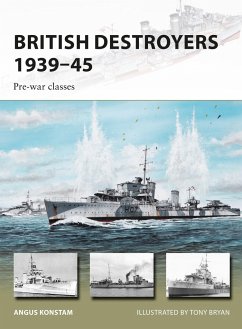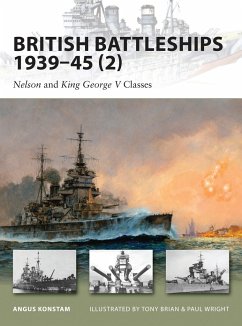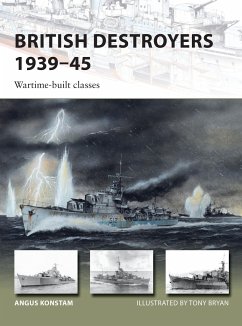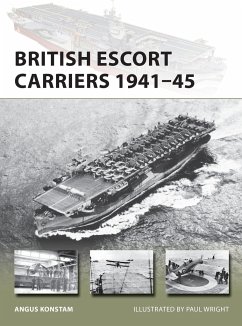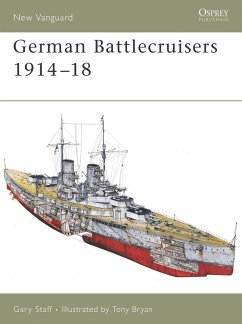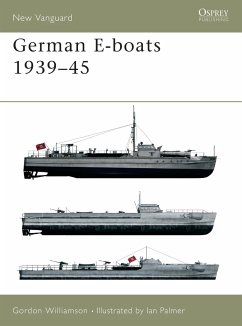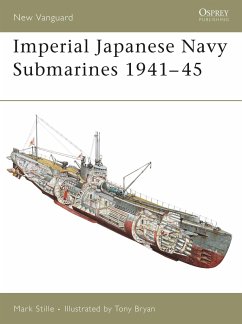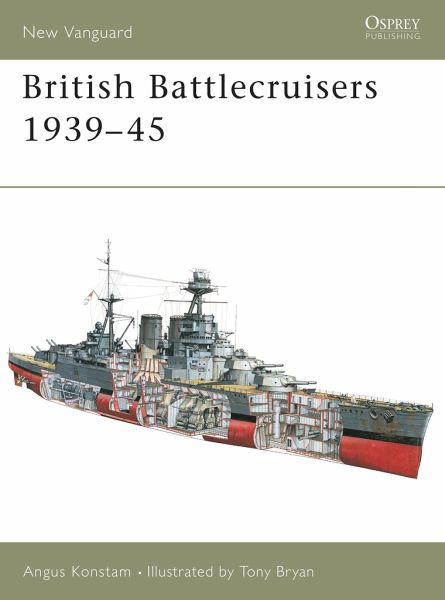
British Battlecruisers 1939-45
Versandkostenfrei!
Versandfertig in 2-4 Wochen
20,99 €
inkl. MwSt.

PAYBACK Punkte
10 °P sammeln!
When war broke out in 1939, only three true battlecruisers remained in the Royal Navy including HMS 'Hood', the world's largest and fastest capital ship for much of her life, which would be destroyed in action against the German battleship 'Bismarck'. Out of the remaining two battlecruisers ('Repulse' and 'Renown') one was sunk by Japanese aircraft off Singapore, whilst the other served with distinction until the end of the war. This book traces the pre-war development of these spectacular warships, then describes their wartime exploits, using this to demonstrate their operational and mechanical performance. It examines what life was like on these wartime battlecruisers when they sailed into action.
Although an inherently unsuccessful design, the battlecruisers were amongst the most famous vessels of the Royal Navy during World War II. This work traces the pre-war development of these warships, then describes their wartime exploits, using this to show their operational performance.



